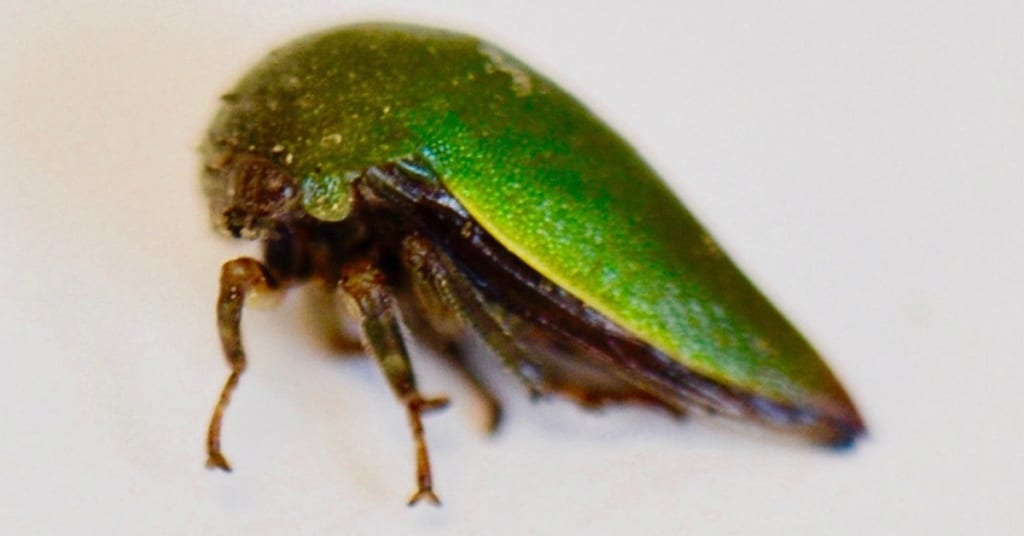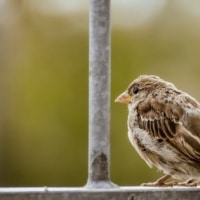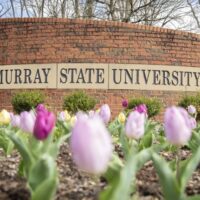A Murray State University biology professor is asking for the public to help her map the locations of a new insect species she discovered.
Laura Sullivan-Beckers discovered the new species of treehopper while planting flowers with her young daughter in 2016.

And now she’s using the crowdsourcing website iNaturalist.org to determine how widely dispersed the insect is. The site allows people to upload images of wildlife that can be reviewed by other users and naturalists.
She says the website will help her gather information from across the country.
“I don’t have the resources and the time to travel all across the U.S. looking for them. But there are other people who could easily, if you see a mulberry tree, flip over the leaf and see if you can find one,” Sullivan-Beckers said.
Sullivan-Beckers first discovered the new treehopper species in her backyard garden bed in Murray, noticing some of the insects looked distinct.
She confirmed her findings with her doctoral advisor and experts at the U.S. Department of Agriculture, eventually publishing a paper describing the new treehopper in 2019.
She named the species Hebetica sylviae, after her daughter, Sylvie.
Last summer, a chemistry professor at Emory University found Hebetica sylviae in Atlanta on mulberry trees and posted photos on iNaturalist.org.
She says she’s found around a hundred of the insects in Murray in recent weeks.
“A lot of our parking lots on campus are edged by mulberry trees. I found them at Walmart. I found them at McDonald’s in Murray. They’re very common if you know where to look,” Sullivan-Beckers said.
Sullivan-Beckers said iNaturalist allows her to engage in more collaborative science than might otherwise be possible.
“I think it’s becoming more common for scientists to use that because we have the tools now. I think having the power of the internet and these apps that help you to identify bugs and plants and things opens up a huge opportunity for science,” Sullivan-Beckers said.
A map on iNaturalist currently shows Hebetica sylviae in Murray and Atlanta, but Sullivan-Beckers said there may be more along the way.
“They’re going to be dispersed with their host plant, and white mulberry is not a native species to the U.S., but it’s all over, so there’s a potential that this could go from coast to coast and from Canada to Mexico,” Sullivan-Beckers said.





